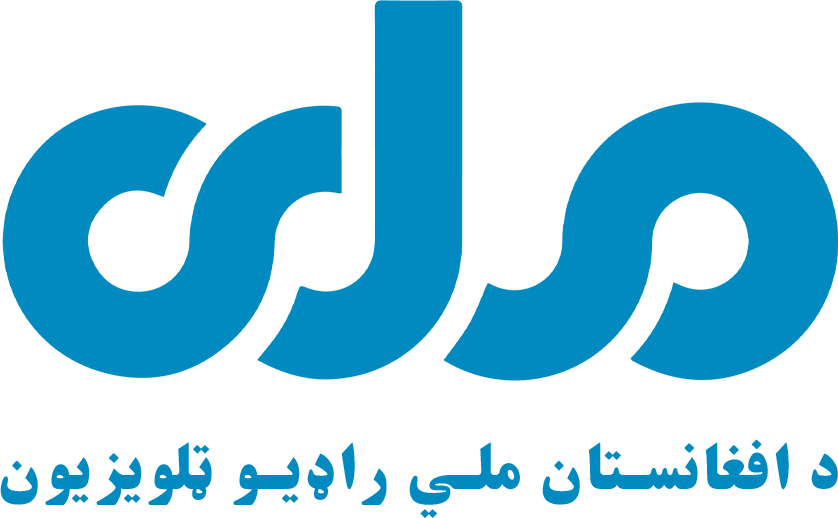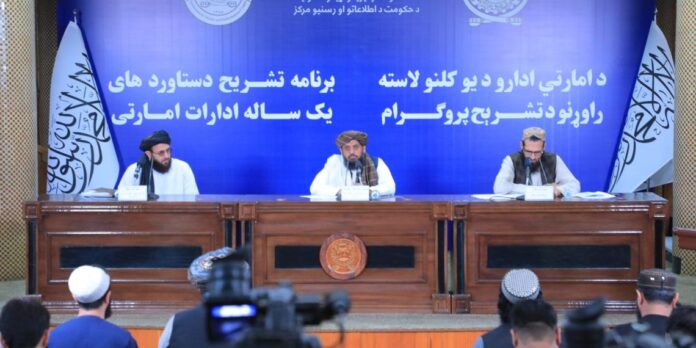At a press conference held at the Government Media and Information Center, officials from Kabul Municipality outlined their achievements over the past year.
According to the report, a total of 125.87 kilometers of primary and secondary roads have been paved, concreted, cobbled, expanded, and constructed. Furthermore, 73,852 square meters of asphalt roads have been repaired, and 38,872 square meters of surfaces have been crack-sealed with bitumen.
Among the completed projects is the construction of the Jabbar Khan Canal and Road, spanning 2,500 meters, the 273-meter Pul-e-Charkhi checkpoint canal, the 511-meter third section of Khairkhana Canal, and the 1,297-meter western section of the road in Security Town. In addition, the ongoing construction of the canal from the Airport intersection to the Customs Road, extending 2,194 meters, continues to progress.
The municipality has also completed several key infrastructure projects, including the construction of a building and an electricity tower in the 18th district, the perimeter wall in the 17th district, and a fuel station within the municipality’s jurisdiction. Other accomplishments include the completion of a women’s market in the 8th district, underground shops in the Qasaba to Panjsad Family area, greenhouses, storage containers, and the drilling of multiple wells across various districts of Kabul.
In terms of structural maintenance, the municipality has repaired the 8th district office, constructed new facilities in the 12th district, installed stone inscription equipment, and built a mosque and Terakhel Factory facilities located in the 18th district.
The report also highlights the installation of 5,000 streetlights and the repair of 9,700 light poles in various areas of the city. Other efforts include the beautification of six major intersections, the installation of address signage in all 22 districts, road painting, and the removal of 2,068 obstacles from various parts of Kabul.
With support from the United Nations Office for Project Services (UNOPS), 200 projects focused on street construction, canal development, and park greening are in progress. In addition, 526,080 tons of waste have been collected and transported from Kabul’s 22 districts, and 57,565 meters of public canals, along with 405,044 meters of roadside drains, have been cleaned.
The report underscores the municipality’s efforts in environmental conservation, citing the production, propagation, and planting of two million plant species over the past year. It also details ongoing work in the development of Maranjan Hill Park, Rahman Mena Park, Kazino Park near Pul-e-Charkhi, and the park located north of Qoba Mosque in the Panjsad Family area.
In terms of regulatory measures, the municipality has cleared crowded urban areas of street vendors and handcarts, temporarily suspended 2,626 businesses for non-compliance, identified 1,057 unlicensed businesses, issued 11,957 permits to businesses across the 22 districts, registered 102 markets and 11 fuel stations, and facilitated the distribution of coal to Kabul residents during the winter.
The report also emphasizes the enforcement of environmental regulations, including the closure of 625 high-rise buildings for non-compliance with air filtration standards, the collection of 20,577 kilograms of expired food and substandard cleaning products, the termination of wastewater discharge from 825 high-rise buildings and residences into the Kabul River, and the issuance of 8,872 health certification cards for businesses.
In addition, the municipality outlined its achievements in urban planning, including the development of detailed plans, proposals for commercial and residential areas, the issuance of 248 building permits, the approval of 22 standardized building designs, and the regulation of 3,095 construction violations across all 22 districts of Kabul.
These accomplishments reflect the Kabul Municipality’s commitment to urban development, infrastructure enhancement, environmental stewardship, and public service delivery over the past year.


